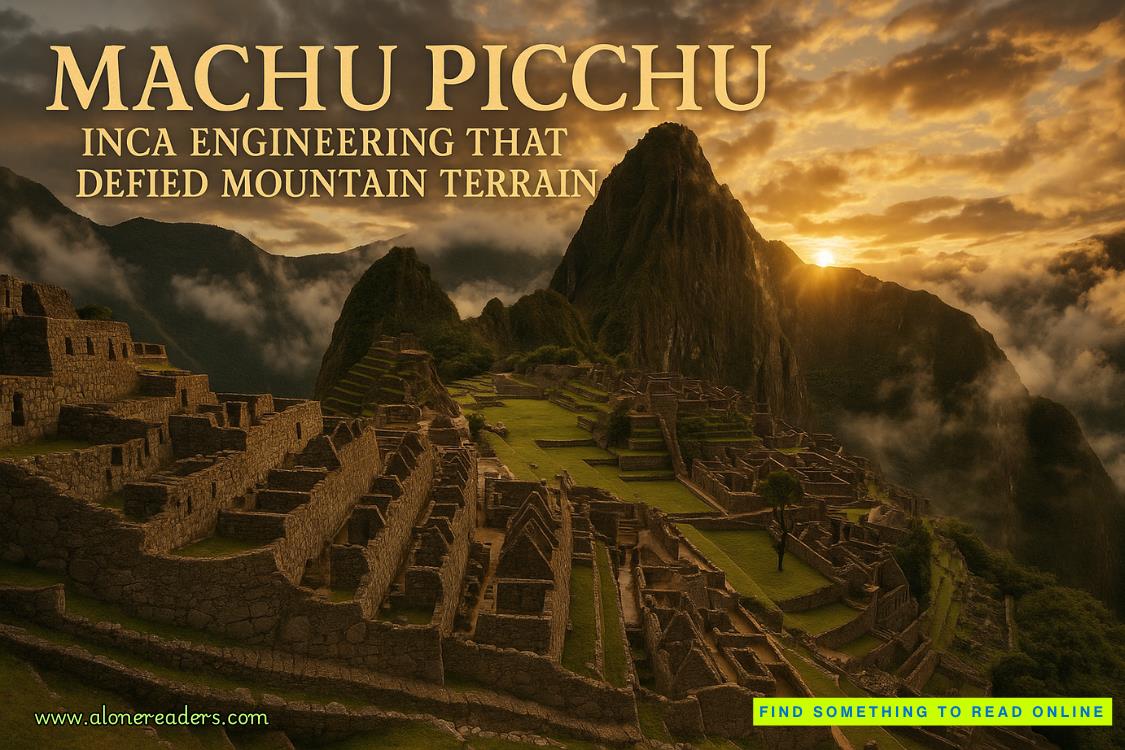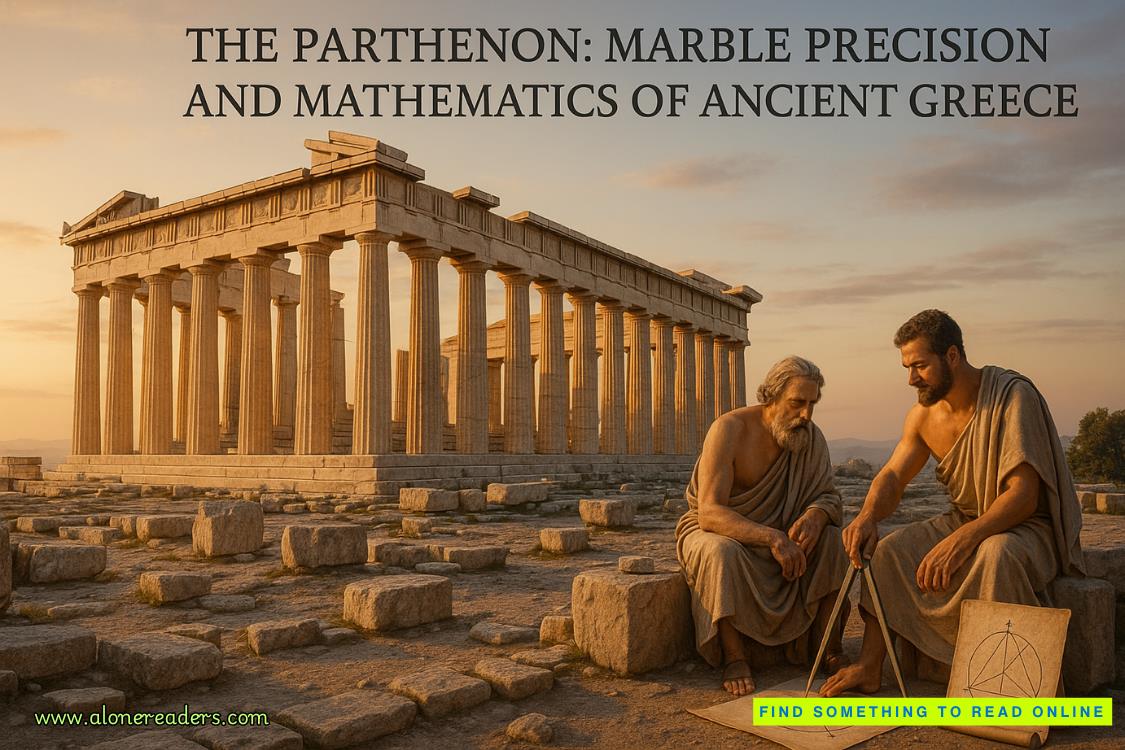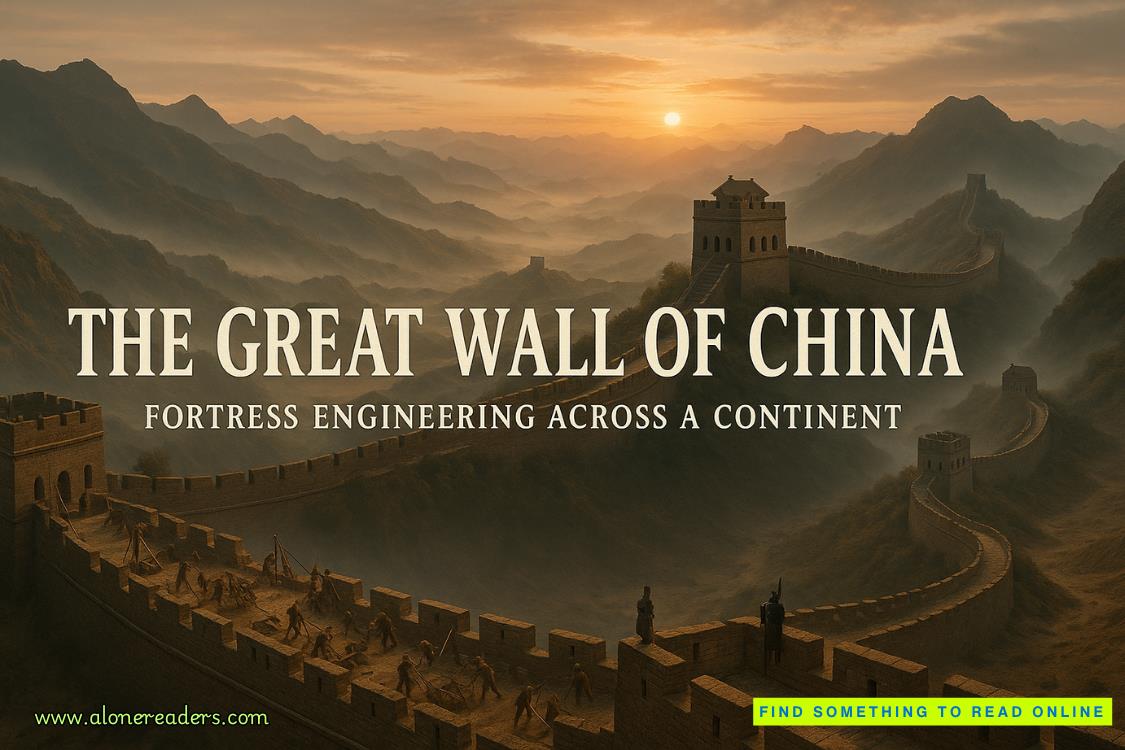Page 45 of The Doomsday Key (Sigma Force 6)
Wallace shrugged. “No saying. They were smoldering when I first came here three years ago. Creeping slowly underground, they’re all but impossible to smother. They just burn and burn, fed by a bottomless well of fuel. Some peat fires have been known to burn for centuries.”
“Are they dangerous?” Rachel asked.
“Aye, lassie. You have to be careful where you step. Ground may look solid, even covered in snow, but a few feet below could be a fiery hell. Flaming pockets of peat and rivers of fire.”
Wallace tapped his mount with his heels and began his descent into the valley. “But no worries. I know the safe paths. Don’t go straying off on your own. Stick to my heels.”
No one argued. Even Rufus moved closer to his master’s side. Gray pulled out his GPS unit, making sure it was still tracking their route. On the small screen was a topographical map. A line of small red dots traced their trail back out of the fells. Satisfied, Gray returned the device to his coat pocket.
He noted Seichan staring at him. She glanced away, a bit quickly, when caught.
Wallace led them down a switchbacking path into the valley. Loose scree and crumbling turf made for a treacherous descent, but Wallace proved true to his word. He got them safely to the valley floor.
“Keep to the trail from here,” Wallace warned and set off.
“What trail?” Kowalski mumbled.
Gray understood his partner’s confusion. Ahead lay a flat stretch of snowy open ground. The only features were a few mounds of heather and a handful of lichen-covered boulders that looked like huddled stone giants. To the far left, a rosy glow shone from a patch of black turf outlined by green sphagnum moss. Smoke smudged upward against the snowy backdrop. The cold air smelled like a burned ham.
Wallace took a deep breath. “Reminds me of home,” he said gustily as he exhaled, his brogue thickening. “Nothing like the scent of burning peat to accompany a nice dram of Scotch whiskey.”
“Really?” Kowalski perked up, his nose in the air.
Wallace led them in a winding route among the tall boulders. Despite his warnings, he seemed little concerned. Most of the fires were at the edges of the valley. A few were even up in the higher hills. Gray knew that such hot spots were usually started by wildfires that burned down into the subsurface, then smoldered there for years. The edges of the peat deposits were the most vulnerable to such penetration.
Beyond the open stretch, the wall of dark forest opened. Snow-laden boughs reflected the starlight, but below the bower, the way was pitch-black. Wallace had prepared for that. Leaning down, he clicked on a lantern tied to his saddle. As in a cave, the single lamp had a long reach.
They headed into the forest, still keeping to single file. The air grew less smoky. The forest was a mix of myrtle, birch, and pine, along with massive oaks that looked centuries old. Their trunks were gnarled, their branches still encrusted with dry brown leaves. Acorns littered the snowy ground, which accounted for the number of squirrels that chattered and fled from their path.
Gray saw something larger scurry off, low to the ground.
Rufus made an aborted lunge toward it, but Wallace yelled, “Leave it be! That badger will skin your nose straight off your face.”
Kowalski eyed the dark forest with open suspicion. “What about bears? Do you have any in England?”
“Of course,” Wallace said.
Kowalski stepped his pony closer to the man with the shotgun.
“We have plenty of bears in our zoos,” Wallace continued with a smile. “But none in the wild since the Middle Ages.”
Kowalski scowled at the man for scaring him, but he didn’t move away.
They continued through the old forest for another half hour. Traveling in the dark, Gray became thoroughly lost. The dense forest hid any landmarks.
Finally, the trees fell away and another field opened. Starlight bathed a wide shallow hollow almost an acre in size. Grasses and bracken poked from the fresh snow that covered the hollow, along with stumps of trees that had been felled to open the area.
It was otherwise unmarked—but it was not empty.
To one side stood two dark tent-cabins. Heavy fabric stretched on steel frames. Beside them, squares of excavated peat were piled into tiny pyramids, ready to burn as heat for the cabins. But no one was here. During the winter months the site was abandoned due to the threat of heavy snow.
Still, it wasn’t the dark campsite that drew everyone’s attention. Gray stared into the center of the hollow. The excavation site was marked off with yellow survey strings that crisscrossed the area in a large grid. As if trapped in this string web, giant stones rose from the ground in a crude ring. Each one towered twice Gray’s height. Atop one pair of stones lay a massive slab, forming a crude doorway into the circle.
Gray remembered Wallace’s description of the Neolithic sites that dotted the region. Apparently he had found a new one, one lost for ages in this bog forest.
“Looks like a little Stonehenge,” Kowalski said.
Wallace slid from his saddle and took his pony’s lead in hand. “Only this site is older than Stonehenge. Much older.”
They all dismounted. A rough sheltered paddock stood near the cabins, where they walked their ponies and set about unloading saddles and rubbing down their mounts. Kowalski fetched water from a nearby stream.
Wallace explained about the discovery, how clues found in the Domesday Book had led him here, to a place marked in Latin as “wasted.” “I found no trace of the town itself. It must have been razed to the ground. But while hunting, I came upon this stone circle. It was half-buried in peat. An untrained eye could easily have mistaken it for ordinary boulders, especially as they were covered in lichen and moss. But the rocks were a type of bluestone not native to the fells.”
His excitement grew as he talked. With the ponies settled, Wallace led them over to the stone ring. He carried his lantern. Gray also removed a flashlight from his saddlebag. As a group, they climbed over the survey strings and crunched through the ankle-deep snow. The stone ring sat in a square of excavated soil. Over the years, teams of archaeologists had been slowly digging the rocks free of the layers of peat.
“The stones were half-buried when I first stumbled here. Their monstrous weight sank them into the muck over the passing millennia.”
“Millennia?” Rachel asked. “How old is the place?”
“I’ve dated it to two thousand years older than Stonehenge. That corresponds to the time of the first settlers to occupy the British Isles. To give you some perspective, that’s a thousand years before the Great Pyramids were built.”















